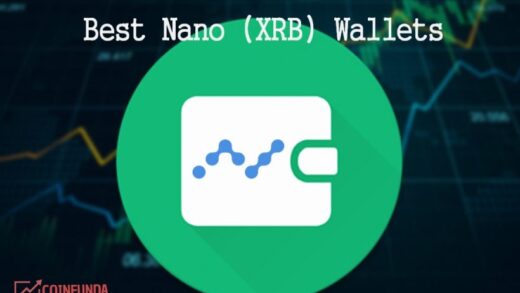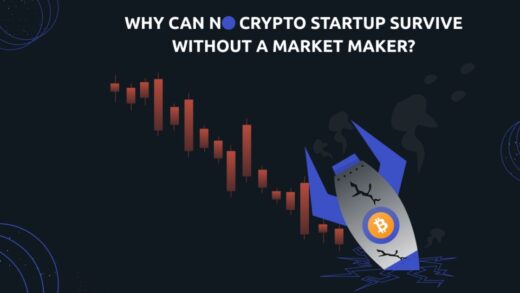One of the hottest topics trending in the crypto market today is “Yield Farming.” But what is yield farming and why has its popularity skyrocketed recently? The concept of yield farming emerged in early 2020 and soon it became one of the most popular liquidity mining protocols. In this article, we will learn about what yield farming is and highlight the potential difference between other DeFi mining mechanisms like staking or liquidity mining.
What is Yield Farming
Yield farming or liquidity mining is a product of a decentralized finance ecosystem or DeFiand is based on permissionless or trustless liquidity protocols to earn crypto rewards. It owes its popularity to the rise of the compound governance token or the COMP token that runs on the Ethereum blockchain network and grants its rights or governance to its token holders.
How does Yield Farming work?
Yield farming works on the AMM (automated market maker) model that involves both the yield farmers and the liquidity providers or LPs.Participants in yield farming or yield farmers stake or lock cryptocurrencies mainly ERC-20 tokens to earn rewards. The liquidity pool on the other hand is powered by the liquidity providers and they invest, borrow, or lend the funds on behalf of the yield farmers in exchange for a token fee or digital rewards that are transferred directly to their digital wallets. However, in this context, one must remember that yield farming is a complex phenomenon and not as simple as staking.
Most yield farmers use DeFi applications to generate crypto rewards. But there are complicated investment methods through which LPs can maximize the returns on the investments. This is done through lending and borrowing in mining pools that can yield the highest returns. Most of the returns are generated in APY or annual percentage yield and as more and more yield farmers invest in the DeFi pool, the value of the return increases. Read: Best DeFi Coins to Invest in 2021

Yield Farming Vs Crypto Mining/Staking/Liquidity Mining
For beginners, yield farming, crypto mining, or staking may all look the same, but they are all different concepts and follow entirely different complex algorithms. Let us dig a bit further.
Yield Farming Vs Crypto Mining
The basic difference between crypto mining and yield farming is that whereas the former works on the Proof-of-Work consensus algorithm, the latter is based on decentralized finance or DeFi is known as ‘money logo’, and works on the Ethereum network. Yield farming is a completely permissionless and decentralized mining protocol.
Liquidity providers or LPs play a crucial role in yield farming whereas crypto mining mainly occurs by investing in mining pools.
Yield farming works on the borrowing and lending of funds where the investors hold the governance of tokens. Crypto miners earn rewards by generating new blocks through verified transactions in the mining pool.
Yield Farming Vs Liquidity Mining
Both yield farming and liquidity mining operate on the DeFi sector that aims to maximize returns on governance tokens. While liquidity mining works on the Proof-of-Work or PoW algorithm, yield farming operates using various DeFi applications like liquidity mining, fund leveraging, etc.
In liquidity mining, the miners earn a dividend swap of 0.3% along with newly minted tokens upon the successful transaction of each block. In yield farming, the liquidity providers try to maximize yields by moving funds through different DeFi platforms. They also use various DeFi mechanisms like fund leveraging or liquidity mining through borrowing and lending of stable coins.
Yield Farming Vs Staking
Yield farming is a complicated process compared to staking. Staking mainly works on the Proof-of-Stake or PoS consensus mechanism where a validator creates a block through a random selection process and earns rewards paid by the investors of the platform. The higher the stake, the greater the staking rewards. Yield farming on the other hand locks their funds in lending pools where other borrowers borrow funds in exchange for interests. Read: Best Staking Coins
Staking generally involves large amounts of funds and can take a considerable amount of time for the maturity of funds. Yield farmers on the other hand can earn multiple governance tokens in exchange for smaller fees generated across several liquidity pools.











![[Sponsored] STG Energy Launches Breakthrough Cloud Mining Product to Democratize Crypto Mining 11 STG mining](https://coinfunda.com/wp-content/uploads/2025/02/STG-mining-520x293.webp)
![[Sponsored] Centralhash cloud mining platform easily obtains 100,000 US dollars of 12 central hash](https://coinfunda.com/wp-content/uploads/2025/02/central-hash-512x293.webp)